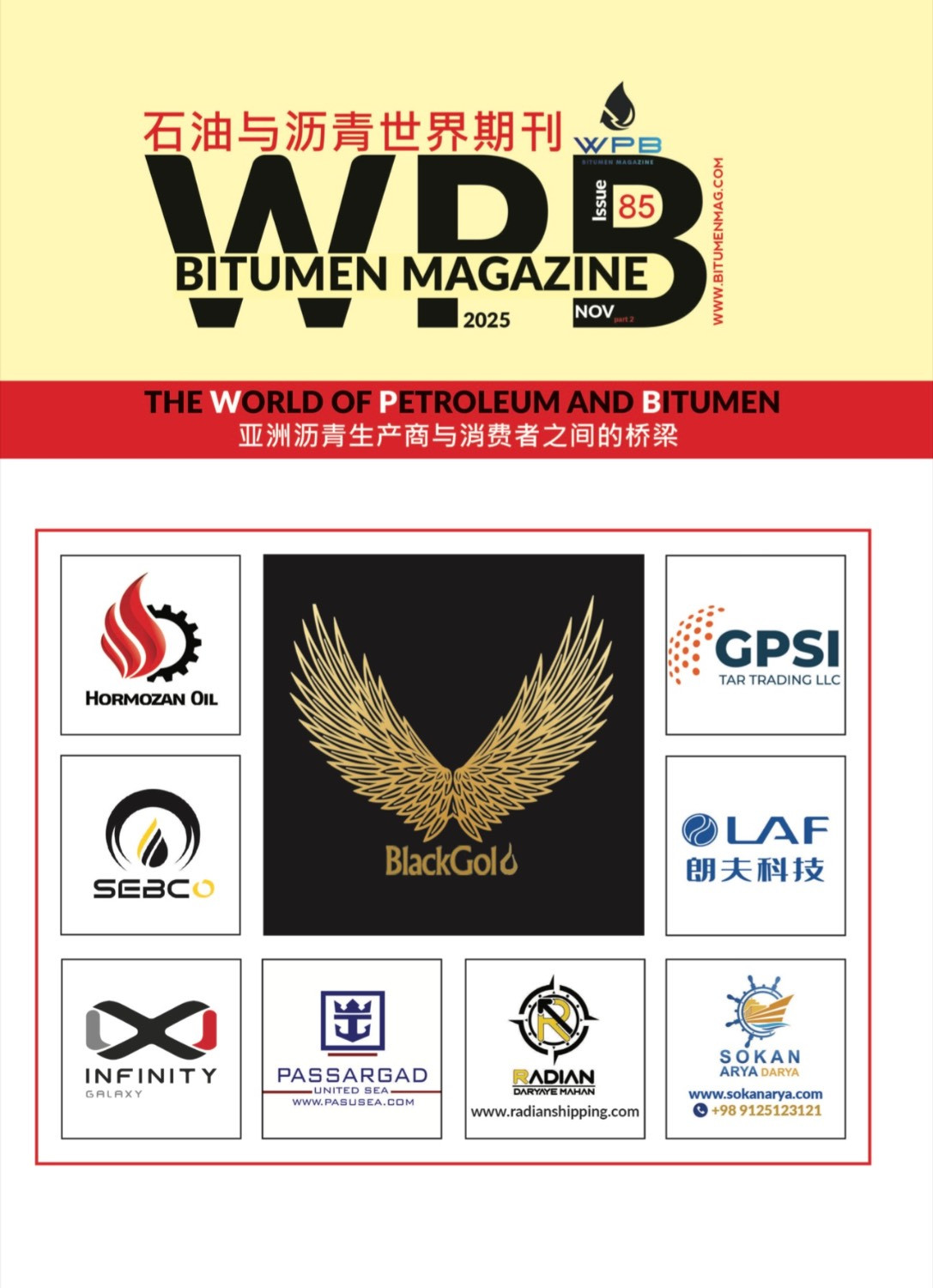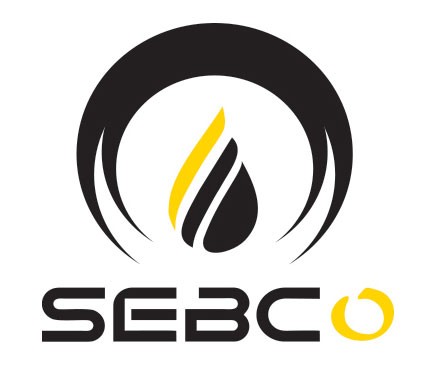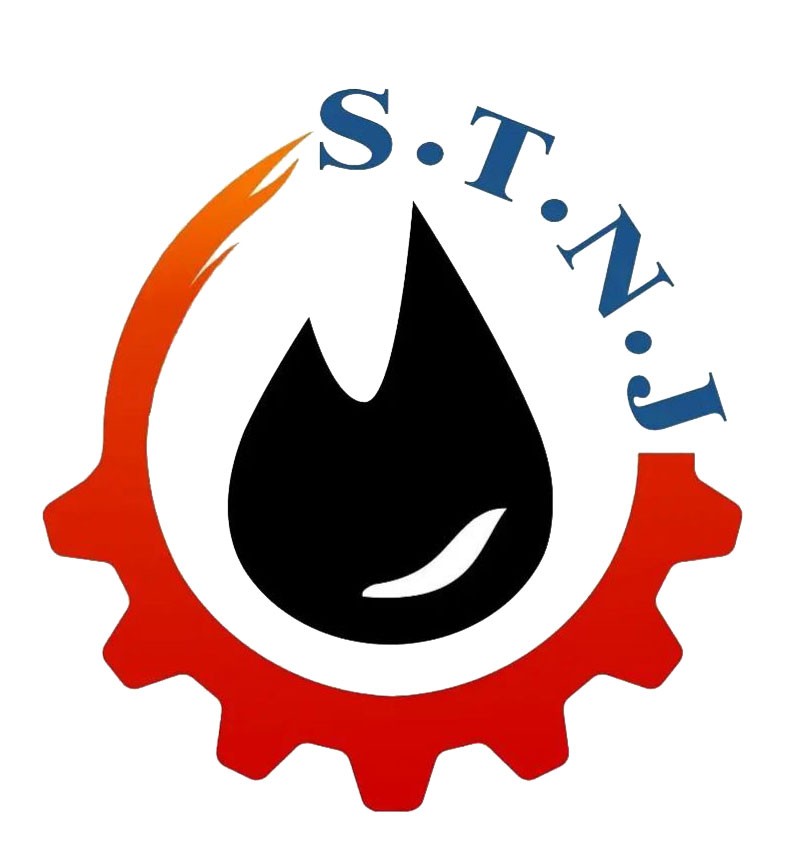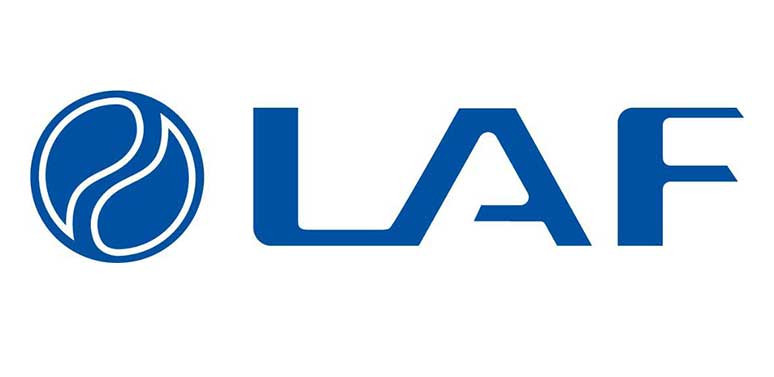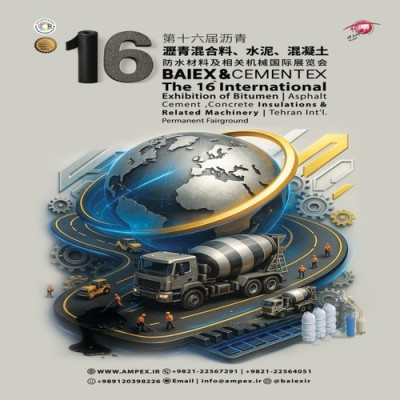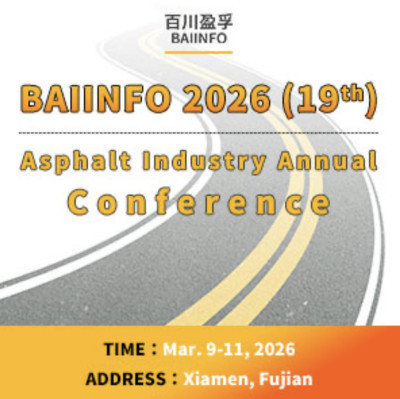According to WPB, Bitumen, a material long overshadowed by the monumental structures it helps support, has re-emerged in late 2025 as an unexpectedly dynamic protagonist in the global infrastructure narrative. Far from remaining the inert, black binder of yesterday’s engineering vocabulary, bitumen has undergone a quiet but decisive reinvention—one driven not by isolated breakthroughs, but by a convergence of climate-adaptive chemistry, intelligent construction logistics, and new cross-border standards in roadway durability. This evolving material has become the connective tissue of a new generation of megaprojects: metro expansions in South Asia, elevated expressways in East Asia, trans-desert corridors in the Middle East, and long-distance freight highways threaded across Southern Europe. The transformation is subtle, rarely publicized, and mostly invisible, yet it carries profound implications for mobility, trade, and urban resilience.
Throughout Asia and the Middle East, several large-scale projects completed or initiated during late 2025 revealed a coordinated shift toward advanced, high-performance bitumen formulations. Countries with diverse climates—from monsoon-heavy equatorial zones to arid regions experiencing record-breaking temperatures—began adopting hybrid binders engineered to resist both extreme heat and extensive moisture cycles. Construction authorities increasingly favored polymer-modified binders, SBS-based blends, plastomer-reinforced grades, and nano-enhanced bitumen designed to reduce rutting, oxidative aging, and surface fatigue. This shift is not merely aesthetic or marginal; it is a structural response to the accelerating realities of climate variability. Roads laid in 2025 are expected to persist under more volatile temperature ranges than those of previous generations.
China, in particular, became an archetype of this transition. Municipal highway authorities in several provinces released late-autumn reports documenting the deployment of high-viscosity bitumen on elevated bridges, river crossings, and intercity corridors. Construction teams highlighted the use of infrared compaction control, digitally synchronized roller fleets, and continuous thermal imaging to maintain uniform binder temperatures across varying deck conditions. The precision required for these operations reflects a deeper evolution: the science of asphalt paving has left the realm of approximation and entered the age of real-time data. Every stage—from binder heating and aggregate mixing to compaction sequencing—is now measured, monitored, and algorithmically refined.
Meanwhile, in the Middle East, cross-desert road networks began implementing UV-shielded binders and anti-oxidation additives. These materials are engineered to withstand the intense solar radiation and drastic day-night temperature fluctuations characteristic of arid corridors. Reports from late November 2025 emphasize that these high-end bitumen grades show enhanced cohesion even after prolonged exposure to 60°C pavement temperatures. Freight operators in the region anticipate a significant reduction in maintenance disruptions, translating into smoother supply chains and lower operational costs over the next decade.
European infrastructure projects, particularly in southern and central regions, added a different dimension to this global narrative. Mountain tunnel expansions, seismic-resistant road systems, and high-altitude passes adopted elastomer-infused binders capable of absorbing micro-vibrations and surface stresses caused by geological movement. Here, the objective was not solely endurance under heavy vehicular loads but also stability in environments prone to shifting terrain. Engineers relied on new performance-graded binders capable of deforming elastically under stress and returning to their original structure—an essential feature for regions experiencing increasing microseismic activity.
What unites these geographically diverse trends is the recognition that bitumen is evolving from a commodity to a precision material. Its once-static identity has been reshaped by interdisciplinary research, integrating chemistry, climatology, geotechnology, and machine-guided construction procedures. This shift has produced a new generation of surfaces designed not simply to “endure traffic,” but to behave predictably under dynamic stresses imposed by climate shifts, increasing vehicle loads, and expanding transportation networks.
Late 2025 also marked the rise of sustainability-driven innovations in bitumen processing. Several countries began scaling up circular-asphalt production lines, incorporating reclaimed asphalt pavement (RAP) into new mixes without compromising structural integrity. Warm-mix technologies, which allow asphalt to be produced at lower temperatures, significantly reduced energy consumption and emissions across major urban construction zones. These eco-oriented adaptations are not peripheral—they are essential components of a future in which infrastructure must grow without imposing catastrophic environmental costs.
Across these regions, the on-site culture of bitumen deployment is also changing. Intelligent paving platforms, digital twins of road sections, automated feeder trucks, and sensor-integrated rollers contribute to a system in which every meter of roadway carries a quantifiable digital fingerprint. This level of precision promises not only stronger roads but also dramatically reduced long-term maintenance expenditures. For megaprojects spanning hundreds or thousands of kilometers, even small increases in binder performance translate into immense savings.
The transformation of bitumen in 2025, then, is not a technological revolution in the conventional sense. It is a quiet renaissance—an accumulation of refinements that collectively redefine the material’s identity and capabilities. Beneath the tires of freight trucks, beneath the footsteps of commuters, beneath the night-lit decks of new expressways, lies a binder that is smarter, tougher, more resilient, and far more scientifically engineered than any generation preceding it.
Few travelers will ever notice this metamorphosis. Yet the world they move through—its economies, its cities, its environmental footprint—will increasingly rely on this silent black foundation, newly reborn as an active agent in the infrastructure systems of the future.
By WPB
News, Bitumen, Global Project, Asphalt, Road Project

